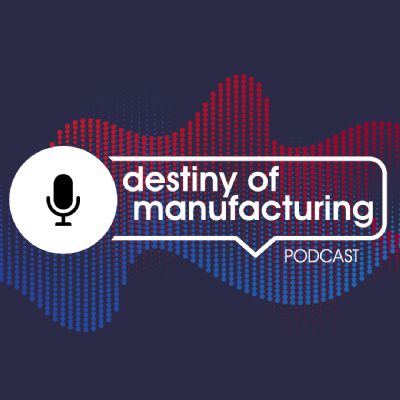EV Growing Pains
August 25, 2023Comments
A Wards Auto article describes the automotive industry’s pace of change as “a mad technological rush,” presenting OEMS and their suppliers with a tidal wave of challenges, chiefly pinned to electric vehicles (EVs). This EV-olution redefines the notion of “product development,” shifting much of the R&D focus and causing many metal forming suppliers, to varying degrees, to reinvent themselves.
While we’re becoming all too familiar with production-related growing pains associated with the EV-olution, let us not ignore the socioeconomic growing pains. Witness the slew of new battery plants at the center of swirling labor debates, and a hot topic during UAW-Detroit 3 negotiations. Not yet unionized, the plants pay workers significantly less than their counterparts working on automobile assembly lines. In addition, experts estimate that EV assembly requires only two-thirds the labor needed to assemble an automobile with an internal combustion engine (ICE). What’s the net effect of such labor upheaval?
Writing this as a potential UAW strike looms (hopefully, by the time you’re reading this, UAW-Detroit Three negotiations will have led to a new contract, or at least managed to avoid a work stoppage), it’s difficult to predict the outcome—short- and long-term. While I’m no union protagonist, with Detroit Three profits measured in the billions of dollars, I’d like to think there’s enough to go around; yes, even considering profit-sharing agreements sweetened with the 2019 contract.
Want more growing pains? Look no further than the Tier suppliers. As the OEMs’ huge investments in EV R&D illustrate their joint commitment to the EV-olution, they in no uncertain terms require that their suppliers follow suit and develop new core competencies if they are to come along for the ride. One such challenge: How do you set up and run production to support annual EV volumes of 20,000 to 30,000, vs. running ICE-vehicle production 10 times that volume or greater?
In a recent CNBC report exploring the “harsh future” facing companies that make parts for ICE vehicles, we learn that “revenues for ICE cars are expected to decline 44 percent through 2027. Meanwhile, for electric drivetrains and batteries or fuel cells, revenues are expected to rise 245 percent... While the parts themselves are changing, the pie also is shrinking.”
“The question is,” the report concludes, “will EVs kill the thousands of auto suppliers, or can they find ways to pivot, consolidate or somehow stay in business?”
Among the executives interviewed for the report is Matt Carr, president and CEO of Storch Magnetics, supplying, among other products, magnetic conveyors. Carr echoes the “wait-and-see” attitude I hear from many supplier executives. And, he compares the EV-olution to the sputtering solar-power movement that, like the EV-olution, was buoyed by government support.








 Podcast
Podcast